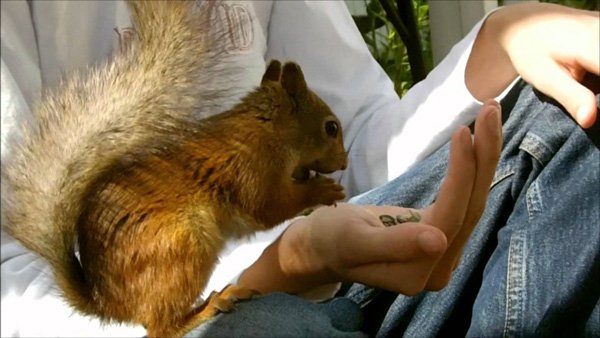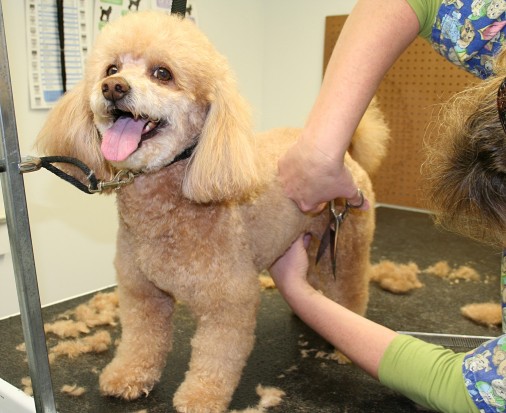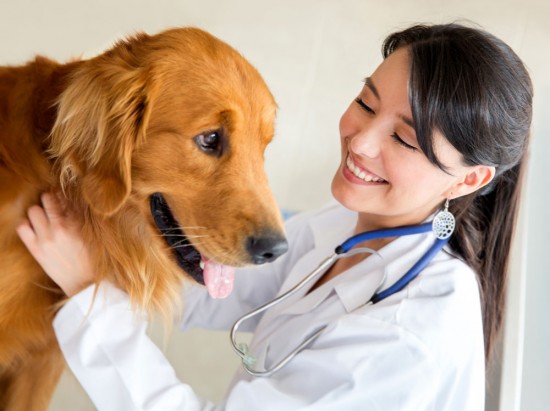
Many owners dismiss separation anxiety in their dogs as normal behavior. In reality, it is a psychological issue that only afflicts a small percentage of canines. Unfortunately, it can place great strain on the relationship between a pet and his owner, and causes many people to ultimately abandon their dogs. This leaves them to fend for themselves, or exposes them to possible euthanization if they are taken to a shelter.
Below, we'll explain how to identify separation anxiety in your pet. You'll learn how to discern whether he is merely excited by your company, or suffering true angst in your absence. We'll also pose a few points regarding how the problem begins in the first place, before explaining how to curb it.
Signs Your Pet Is Anxious About Your Absence
Every canine is different. While there is a defined set of symptoms associated with separation anxiety, most dogs display only a few. Some signs are evident while the owner is home. For example, your dog might follow you as you walk through your house. This is not a display of loyalty. It suggests he is afraid you will leave him if he lets you out of his sight. A similar presentation is a habit to continue checking on you while you are home. He may do this to reassure himself that you have not left him.
Some canines only show signs of separation anxiety when their owners leave. In some cases, it might occur immediately, even while the owner in still in sight (e.g. getting into his car). Other times, a dog might only become stressed after his owner has been absent for a long period. He might begin whining, barking, drooling, and pacing the floor. He may also urinate or defecate indoors, or display destructive behavior.
These symptoms are not exclusive to separation anxiety. They merely provide clues. It is important to narrow down the underlying issue before you can successfully address it.
Narrowing Down The Problem
When you observe signs that suggest your pet is becoming overly anxious in your absence, have his veterinarian perform a physical exam. The goal is to make sure your dog is not suffering from an unrelated issue that may be triggering the symptoms. For example, if he shows destructive behavior, it may be due to boredom and pent-up energy. If he defecates inside your home, he may be suffering from a digestive problem. The exam will reveal these and other issues.
Why Does Separation Anxiety Happen?
This problem is not breed-specific. Nor can its root cause always be determined since it presents in different circumstances. For instance, puppy mill dogs and pets that were mistreated by past owners may form unusually dependent attachments to their new owners.
Separation anxiety can also occur when a canine is deprived of proper socialization training throughout his life. Denied exposure to other people and animals, he becomes entirely dependent on his owner for interaction and mental stimulation.
This issue can also present if the canine's schedule changes, or if the home environment changes (e.g. the birth of a baby). Both circumstances can leave him feeling insecure about his place in the home.
How To Address Your Pet's Anxiety
Most veterinarians recommend an approach that combines desensitization training and medications. The former aims to help your pet become accustomed to your absence. The latter aims to help him feel less anxious while this training occurs.
The process of modifying canine behavior stemming from separation anxiety requires significant time and patience. It involves rewarding calm behavior as you acclimate your pet to increasingly longer periods of being separated from you. Dog treats make ideal rewards, but praise and petting are also important. Here, the goal is to encourage your canine to remain calm when you leave by associating his good behavior with food.
Many owners have also found that providing auditory stimuli (e.g. television, radio, etc.) twenty or thirty minutes before leaving the home helps downplay their departure. This can be a useful component in desensitizing your pet.
It is important to realize that your dog's anxious behavior is not directed at you. That is, if he destroys your couch or garden, understand he is not doing so to get back at you for leaving him. It is merely how he expresses his anxiety. Hence, avoid punishing him, and instead, work toward helping him overcome his stress.
 Make Your Chickens Healthy – Provide them with Coops and Runs
Make Your Chickens Healthy – Provide them with Coops and R
Make Your Chickens Healthy – Provide them with Coops and Runs
Make Your Chickens Healthy – Provide them with Coops and R
 Understanding Your Dogs Body Language
Understanding You
Understanding Your Dogs Body Language
Understanding You
 Caring For Curly Coated, Low-shedding Dogs
Caring For Curly
Caring For Curly Coated, Low-shedding Dogs
Caring For Curly
 Giardia In Dogs - Canine Giardiasis
Giardia In Dogs -
Giardia In Dogs - Canine Giardiasis
Giardia In Dogs -
 Predicting The Colour Of Labrador Retriever Puppies
Predicting The Co
Predicting The Colour Of Labrador Retriever Puppies
Predicting The Co
Copyright © 2005-2016 Pet Information All Rights Reserved
Contact us: www162date@outlook.com